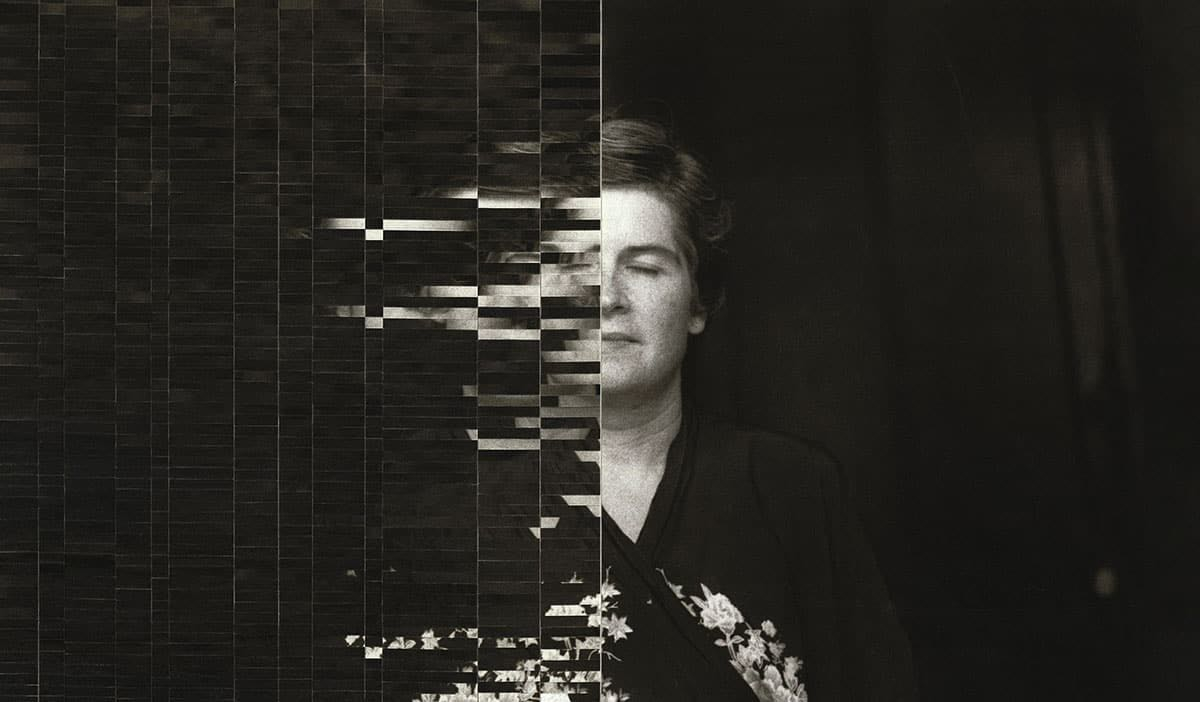
Altered Logistics: Contemporary Collage and Appropriation Art
October 30 – December 8, 2023
Curated by D. Dominick Lombardi and Maximo Tuja

As a method of creating art, collage has been gaining popularity and importance since the early 1910s. There are numerous examples of the use of pieces of paper in a more utilitarian, decorative, or playful way before the 20th century; however, when thinking of its beginnings in fine art, the Cubists Pablo Picasso and Georges Braque come to mind. They elevated the collage to a fully realized modern aesthetic. A few years later, luminary Dada artists such as Kurt Schwitters and Hannah Höch, who specialized in photomontage, created collages using photographs, paper, and a variety of found materials, pushing the boundaries of collage even further. Additionally, I agree with a number of international art historians and critics that one of, if not the most significant work of the Pop Art movement decades later is Richard Hamilton’s collage Just what is it that makes today's homes so different, so appealing? (1956).
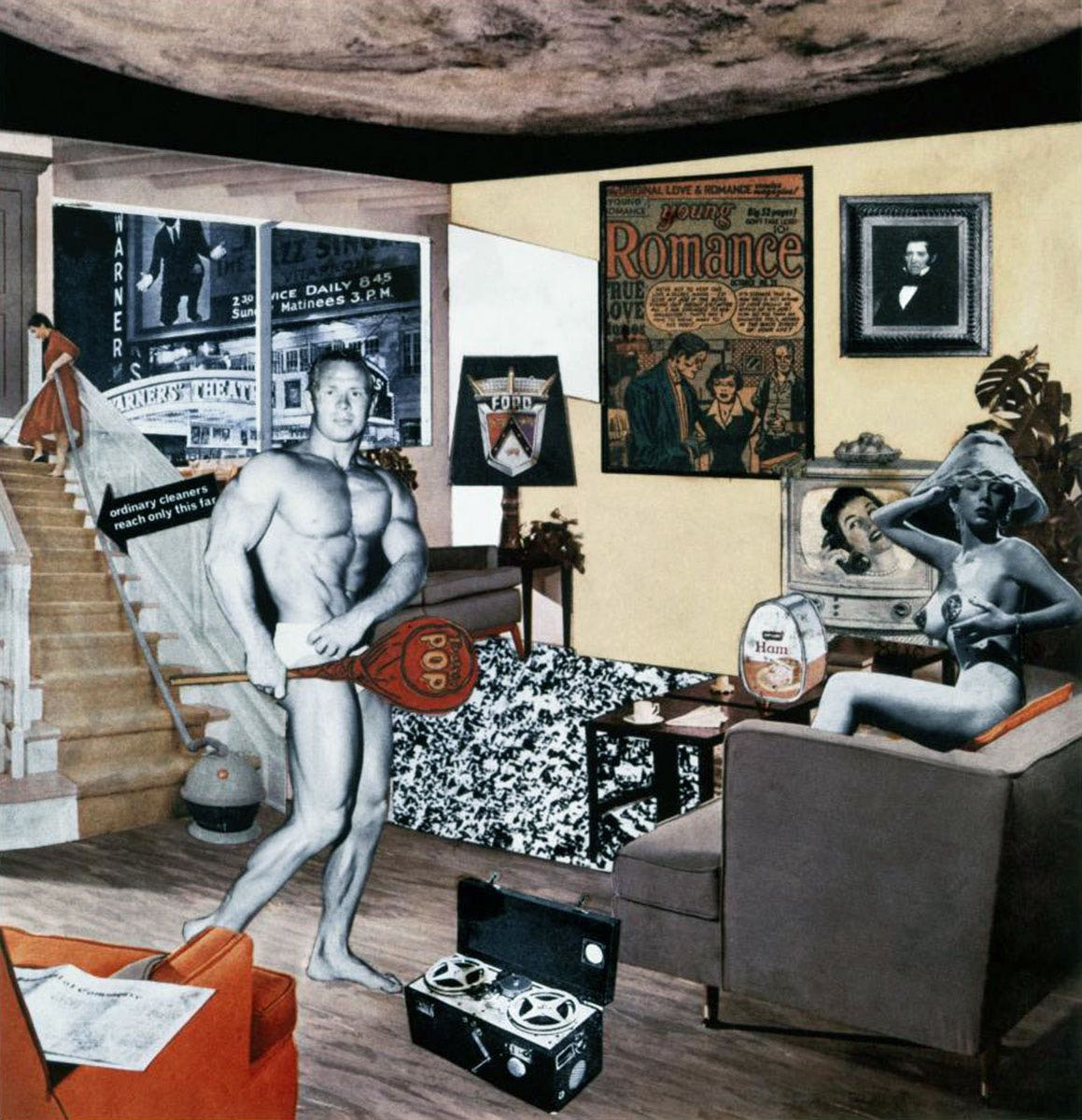
With ensuing generations, and right up to the time of this writing, collage has evolved into many forms, most recently digital collage, adding to its exposure and understanding as a prominent form of visual expression. And if you think about the theory behind collage, which is the combination of previous unrelated images, text, patterns, and textures, you begin to see it as akin to the dreamscape, whereby various bits of 'reality' form a nonuniform 'Surreal' narrative—just like the stuff that invades our sleep. This disjointed reality during sleep, which clearly references a 'collage mentality', can also be seen in other forms of Contemporary Art in the works of Neo Rauch, Faith Ringgold and Gilbert and George, while artists like Wangechi Mutu and Kara Walker continue to expand the possibilities of cut paper in Contemporary Art.
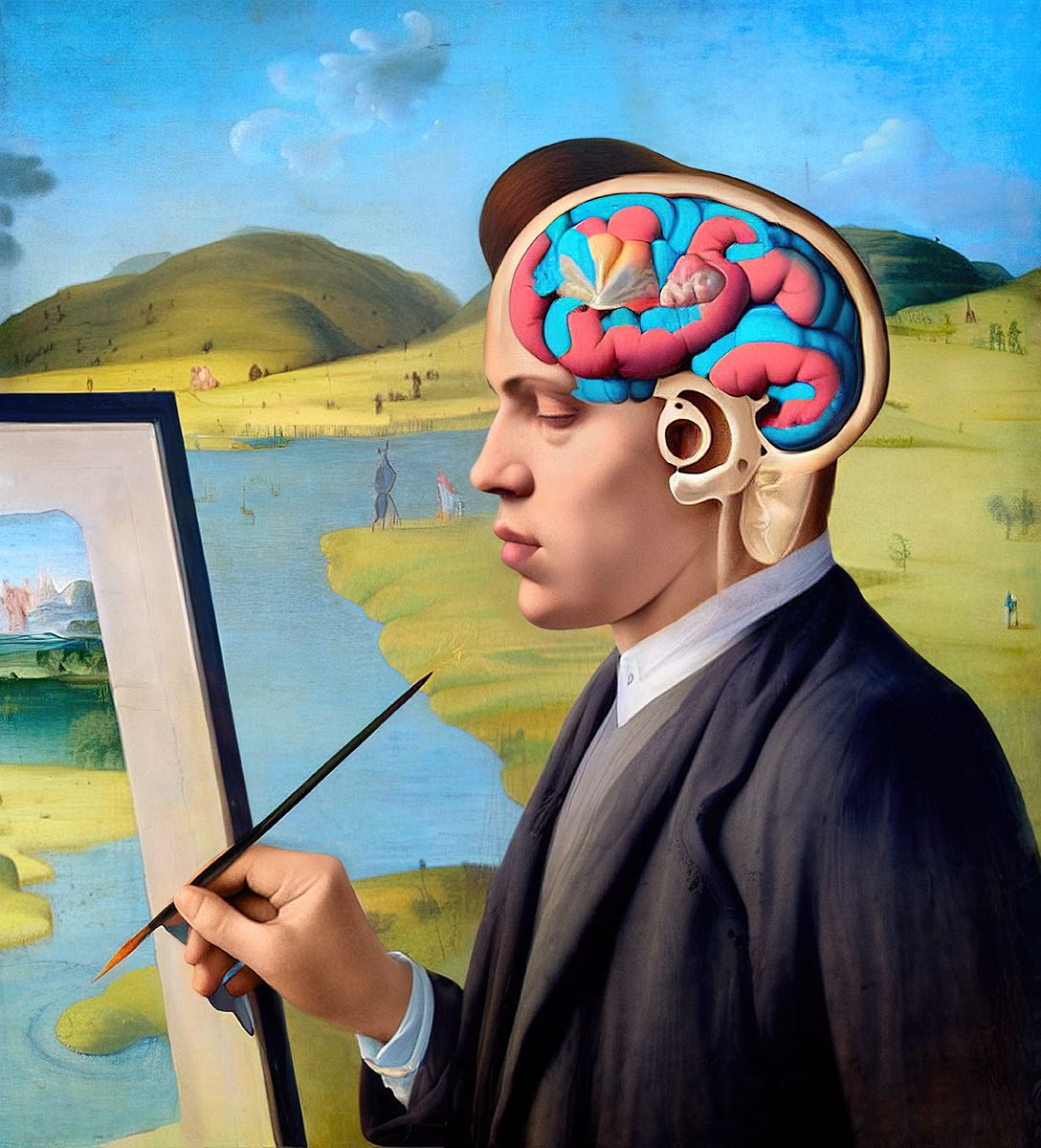
For this exhibition, Maximo Tuja and I selected over 50 artists to represent a multi-national overview of the state and the influence of collage in Contemporary Art. In thinking about the selection process, I primarily chose art and artists that push the boundaries of what one sees as the theory of collage while still maintaining a clear link to the basis of the genre. What is collage but an open and, at times, a random process built on the assembly of discordant pieces--a method of creatively juxtaposing visual elements that can be applied to all forms of expression from two-dimensional art to filmmaking? I look for works of art that apply a fresh way of thinking and applying the 'collective' theory of collage or assemblage, especially the types of images or narratives that seep through the filter of unconscious aesthetics in profound ways.
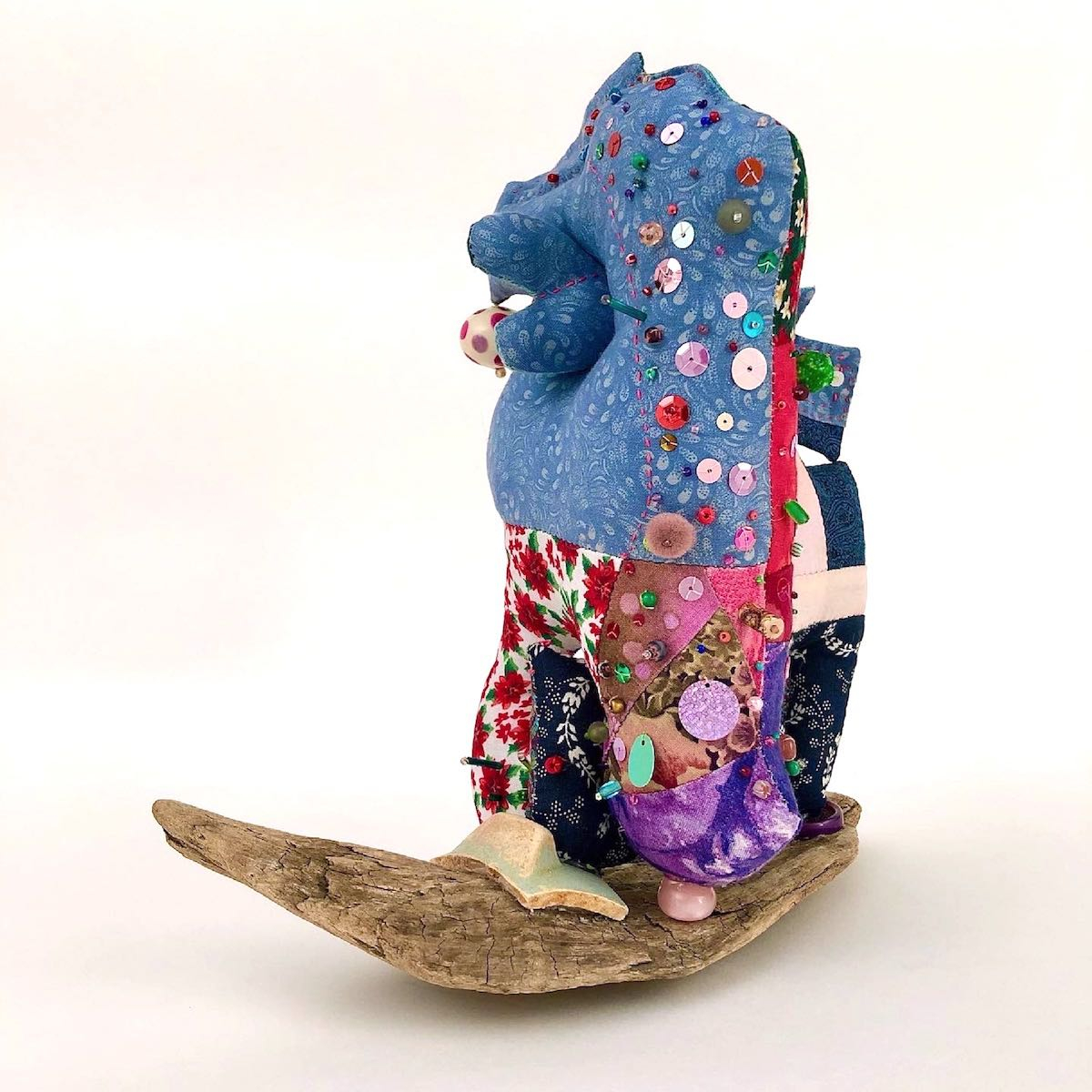
The following are some thoughts from Maximo Tuja.
As I understand it, collage is already much more than an artistic technique.
In our present society, collage has long been embraced as a means of engaging with reality. From memes and social media feeds to music production, fashion, and even our own identities—which often comprise a blend of diverse elements drawn from various contexts—the collage mindset subtly permeates our lives. However, within the realm of art, definitions tend to resist change, and the concept of collage appears to be anchored in its past, predominantly associated with its glorious revolutionary beginnings.
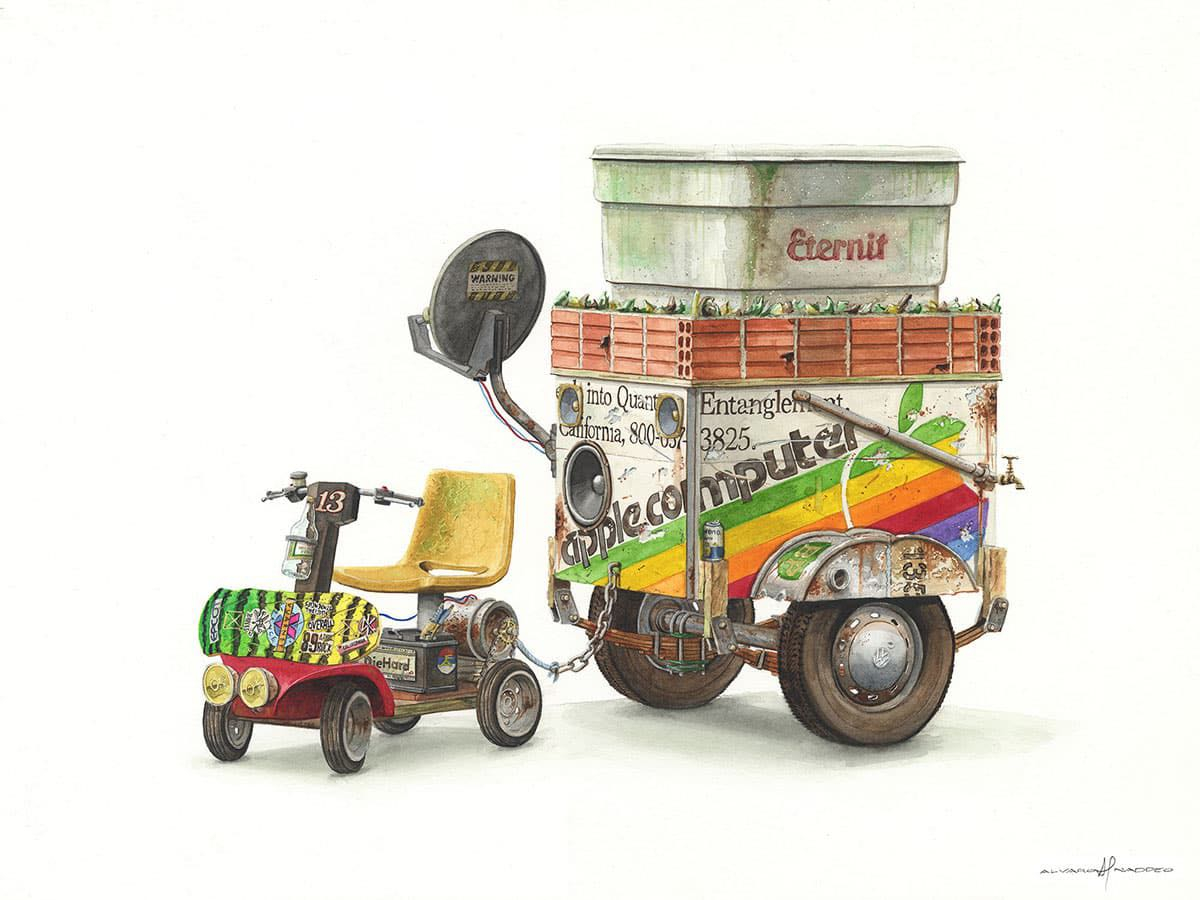
In contemporary art, collage extends far beyond its historical context. When selecting artists for exhibitions or projects, I explore the boundaries of collage as a medium, seeking its connections with other artistic practices that embrace the notions of appropriation and recontextualization, paying little attention to rigid labels and traditions. I am always drawn to that which lacks a definitive name and to the areas where definitions remain elastic and practice precedes discourse.

Whenever I ask myself, "Is this collage?" I know I am on the right path, for it is at the frontiers where the definition of this practice is negotiated and where the boundaries of acceptance shift gradually yet continuously.
Participating artists:
Alvaro Naddeo (USA/Brazil), Andrea Burgay (USA), Andrea Mortson (Canada), Ashkan Honarvar, (Norway), Carl Van Brunt (USA), Catalina Schliebener (USA/Chile), Charles Wilkin (USA), Cless (Spain), Creighton Michael (USA), D. Dominick Lombardi (USA), Daisy McGowan (USA), David Henry Nobody Jr. (USA), Dennis Busch (Germany), Donald Fodness (USA), Eduardo Recife (Brazil), Etty Yaniv (USA/Israel), Gary Emrich (USA), Goster (Peru), Hilary Kliros (USA), Isabel Reitemeier (Germany), James Gallagher (USA), Jeanne Tremel (USA), Jeron Eerosie (Netherlands), Joel Carreiro (USA), John Whitlock (USA), Jules Grace Berger (USA), Kevin Mutch (Canada), Lee Hoag (USA), Lola Dupré (Ireland), Margaret Roleke (USA), Mario Zoots (USA), Max-o-matic (Spain/Argentina), Miko Hornborg (Finland), Moses Hoskins (USA), Nicola Kloosterman (Netherlands), Pablo Serret de Ena, (Denmark/Spain), Paul Henderson (Canada), Samplerman (France), Steve Datz (USA), Steve Rockwell (Canada), Stratco Art (Germany), Stuart Bradford (USA), Susana Blasco (Spain), Tamar Cohen (USA), Tobias Fike (USA), Todd Bartel (USA), Yeon Jin Kim (USA)
Altered Logistics: Contemporary Collage and Appropriation Art will be at The Dowd Gallery, SUNY Cortland from October 30 – December 8, 2023.
